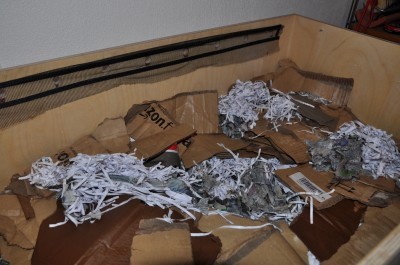






Using cardboard in compost is a rewarding experience that makes great use of boxes taking up space. There are different types of cardboard to compost, so knowing what you are working with beforehand is important when learning how to compost cardboard boxes.
Yes, you can compost cardboard. In fact, cardboard waste makes up over 31 percent of landfills, according to the United States Environmental Protection Agency. Composting cardboard is a practice that is becoming more popular now that people are beginning to realize the benefits of composting. Composting cardboard is perfect if you have just moved or if you are cleaning up the attic.
Composting cardboard, especially large boxes or individual sheets of cardboard, is not difficult as long as you set up and maintain your compost pile correctly. There are generally two to three types of cardboard to compost. These include:
Regardless of the type used, shredded cardboard works best when using cardboard in compost. But, if you cannot shred it, just rip it or cut it up as small as you can. It is also a good idea to remove any tape or stickers that will not break down easily.
It is critical that all cardboard to be composted is broken into small pieces. Large pieces will not decompose as quickly. Also, soaking the cardboard in water with a bit of liquid detergent will help to speed up the decomposition process.
As you can see, learning how to compost cardboard is easy. In addition to being a great soil conditioner for plants in the garden, you’ll find that using cardboard in compost will help keep unwanted trash from piling up.
Composting Hay: Learn How To Compost Hay Bales
Composting Tomato Plants: When To Compost Tomatoes
Composting Meat: Can You Compost Meat Scraps
Composting Gin Trash – How To Compost Cotton Gin Trash
Citrus Peels In Compost – Tips For Composting Citrus Peels
Composting With Newspaper – Putting Newspaper In A Compost Pile
Copyright © www.100flowers.win Botanic Garden All Rights Reserved